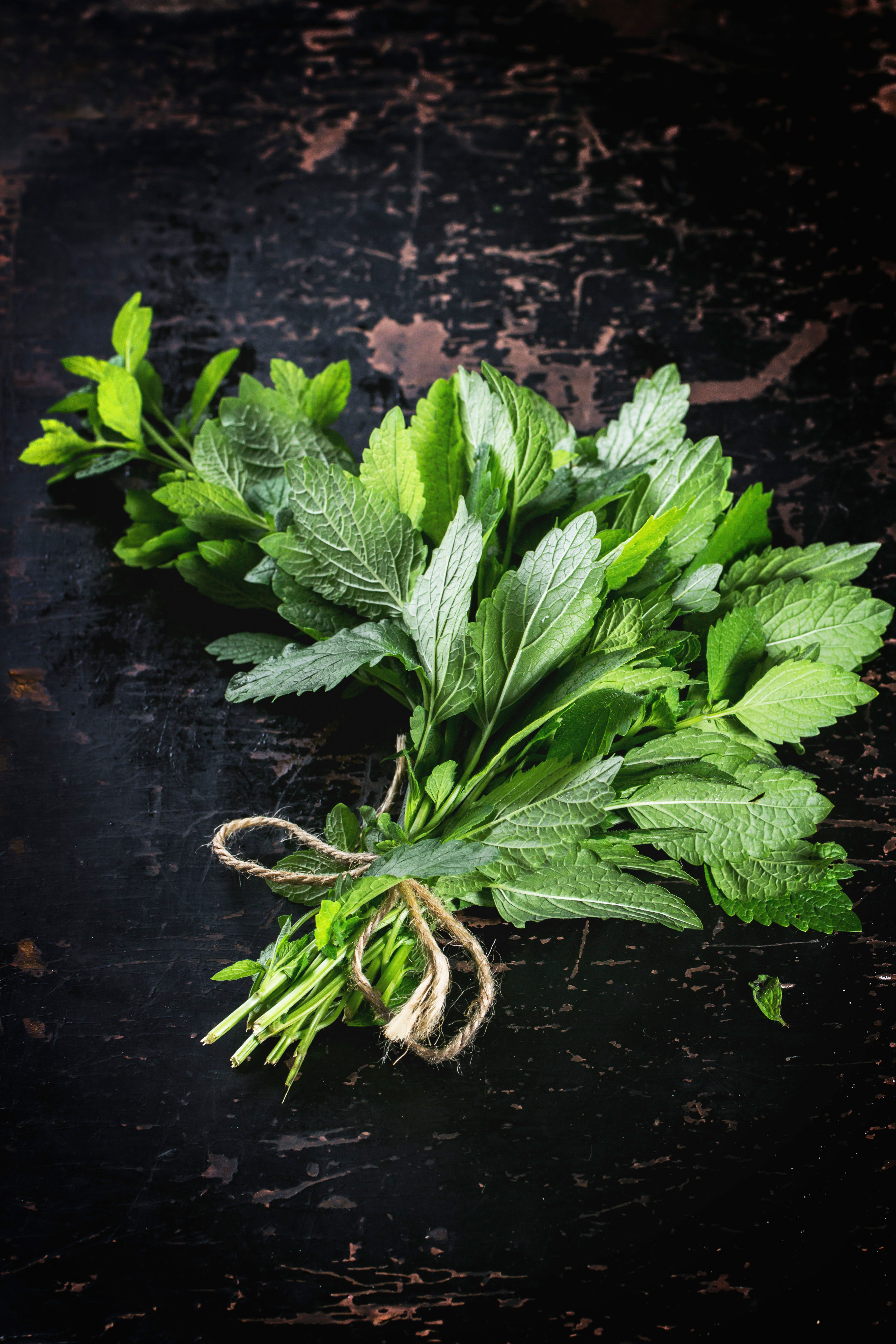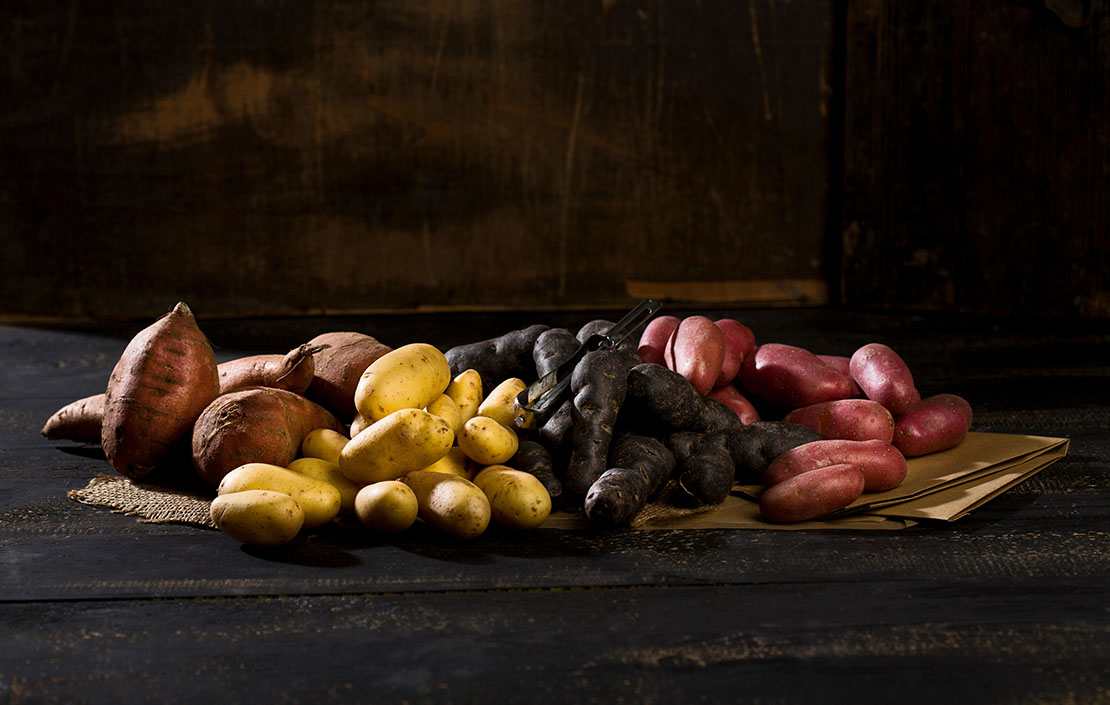How to grow mint, the ultimate plant for the incurably incompetent
Mark Diacono explains why mint is for even the incurably incompetent horticultural enthusiast.


Everyone has a tricky space in the garden, perhaps where the previous owners used to burn everything, under a tree or in a damp area. This is where you should plant a few Moroccan mints.
'It’s my duty to inform you that the large-leaved Kentucky Colonel is the spearmint for mint juleps'
A few years ago, I did exactly that – half-a-dozen one-litre pots planted 3ft apart – and, every July, I wait for a sunny day to lie in the patch, all senses full of the scent of an English summer, insects flitting in the sun. It’s one of my happiest moments in the garden every year.
I chose Moroccan mint because, if you grow only one variety, this is the one you should choose. The scent and flavour are as clean and crisp as an April morning; it’s the mint for mint sauce, mint tea and mojitos. It wakes early in spring and stays lively and aromatic into autumn – even the desiccated stems of winter are pretty attractive.

Happily, Moroccan mint moves sideways steadily rather than aggressively, making it easy to keep under control with mowing.
If you’re looking for something to cover the ground a little more invasively, apple mint may be for you. Planted to the same spacing as the Moroccan mint, it filled the gap in about half the time, creating a beautiful, bee-friendly understorey beneath a couple of trees. In contrast to Moroccan mint’s deep green, apple mint’s leaves are silvery, with a light felting and a gentle flavour that’s true to its name. It makes a particularly good jelly.
Both mints are deserving of a place for their looks and their ecological value, as much as their flavour and scent. For wildlife to get the best from them, allow them to flower: bees and other beneficial insects will come flying in. Even as they go over and the cold takes hold, their stems bring structure and interest, frosting and catching the light in winter.
'Mint is one even for the incurably incompetent'
Moroccan and apple mint are both spearmints, which – thanks to the chemical carvone (also in dill and caraway seeds) – tends to make them sweeter and milder than peppermints. If you want peppermint’s intensity, choose carefully, as the accompanying menthol can make some too strong for the kitchen.
Exquisite houses, the beauty of Nature, and how to get the most from your life, straight to your inbox.
Chocolate mint is perhaps my favourite, with a powerful, fresh coolness that is, as you’d hope, reminiscent of After Eights. I know no better way of encouraging hard peaches into deliciousness than poaching them in a little sugared cider with a generous handful of chocolate mint.

Mint is one even for the incurably incompetent. Plant it in a moist soil, ideally with its leaves in sun and roots in shade, and it will thrive, but plant it with the roots facing down and you’ll find it hard to kill. Actually, it’ll probably even survive you planting it the wrong way up. I left a couple of pots of mint out over winter, then the rabbits got at them and I accidentally drove over them in the tractor with the mower going full blast. I threw the tatters on the compost and, a month later, they’d sprung back into flourishing leaf.
Mints will appreciate any kindness, however: shearing off the tops encourages them to branch sideways rather than grow leggy. Watering through dry spells, especially if growing them in containers, keeps mints lush and productive and if they’re in a pot, feed them regularly.
Growing mint in a container curtails its colonising instincts – simply make sure you up its pot size once in a while. You may find your potted mint becomes bare in the centre, with strong growth concentrating around the edge. When this happens, ease the plant out of the pot, cut through the centre (a bread knife is best) and bend each half back, replacing it in the pot with the cut edges now against the rim. A handful of compost will be useful to fill in any gaps; water well.

I’d suggest starting with one-litre plants: a few planted now will keep you supplied for years to come. Should you have a mind to, propagation is easy. Divide existing plants or cut off a piece of strong root and place it in a 3½in pot, watering often. You can also take a 5in stem, remove the leaves from the lower half and place it in a glass of water where it will form roots – pot it on when the roots are half an inch long.
And lastly, for those fond of an after-gardening tipple, it’s my duty to inform you that the large-leaved Kentucky Colonel is the spearmint for mint juleps.

Credit: Alamy Stock Photo
Rhubarb: The pink promise of spring
Mark Diacono extolls the virtues homegrown rhubarb and reveals how to get the best out of your crop.

How to enjoy home-grown berries for seven months of the year
Mark Diacono offers us some berry good advice for enjoying our breakfast favourites, whatever the season.

The delicious salad leaves to try in your garden that keep on giving with ‘cut and grow’
Pulling up entire salad plants seems like madness once you've moved on to 'cut and grow again' as Mark Diacono

Why you should grow your own potatoes and the 8 varieties you need to try when you do
Mark is lucky enough to spend most of his time eating, growing, writing and talking about food. He has written fourteen award-winning books, including A Year at Otter Farm and A Taste of the Unexpected (both won Food Book of the Year, and Garden Book of the Year). Known for growing everything from Szechuan pepper to pecans to Asian pears, Mark's refreshing approach to growing and eating has done much to inspire a new generation to grow some of what they eat. He was involved in the early days of River Cottage, appearing in the TV series, and writing four River Cottage books. Mark writes to a global audience on his best-selling Substack: Mark Diacono’s Abundance.
